Welcome to our blog ” Exploring the Role of Black Carrot Color in Rainbow Foods!” This natural dye apart from just increasing the visual aesthetics of a dish improves its antioxidant capability. There is something about using BCC that transforms mundane dishes into a shimmer of colors ranging from crimson reds to grape purples, and this enhances both the aesthetic and the nutritional value of our diet. Follow us within a journey of exploring how this glorious color-whether it is cooked or raw-can stimulate appetite through nutritious meal.
The Appeal of Multicolored Foods!
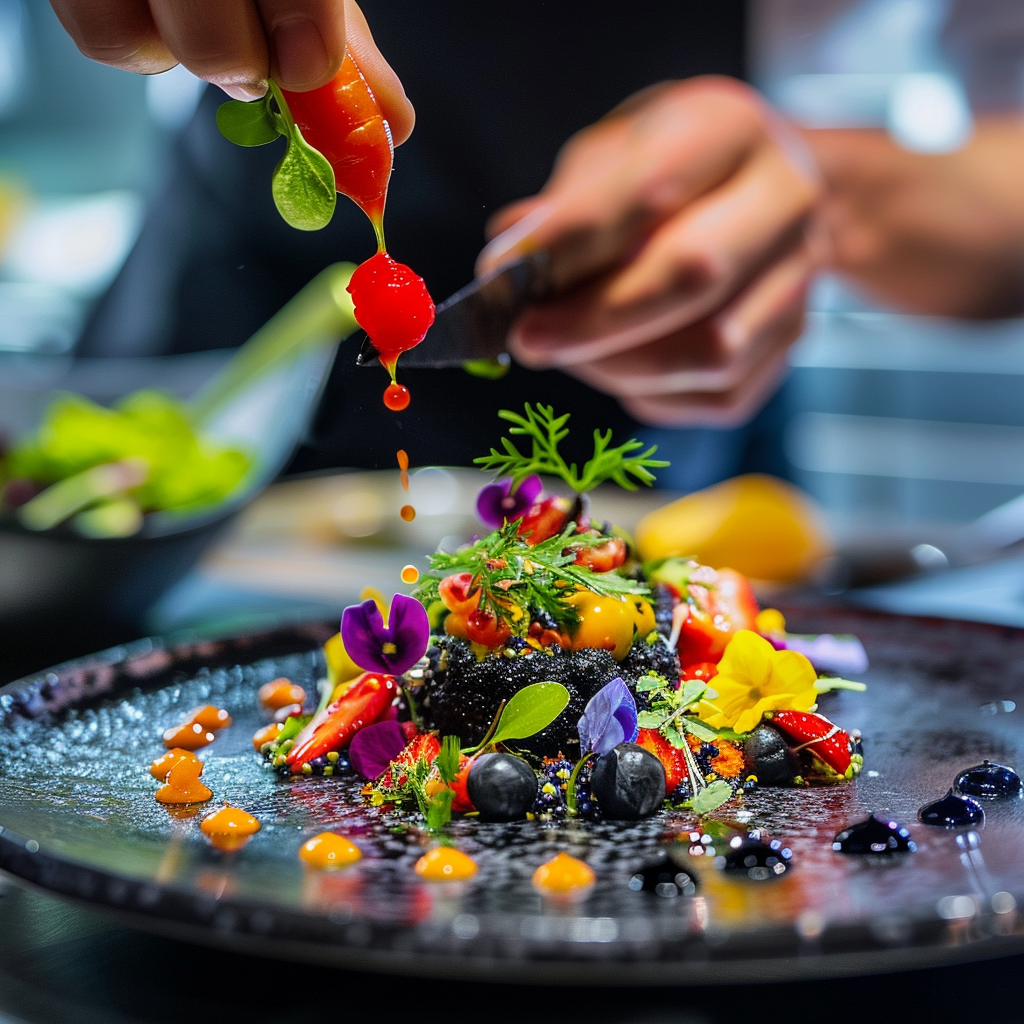
· Chromatic Diversity
A vibrant spectrum enlivens dining experiences. Black Carrot Color (BCC) enriches hues, especially in juices. It integrates seamlessly with reds and purples. Manufacturers use BCC in various consumables. Its application spans drinks, desserts, and more. Consumer attraction to vivid meals increases sales.
· Visual Appeal
Presentation impacts food perception. BCC enhances visual depth. When added, it transforms the appearance dramatically. It complements natural food colors. Dishes become more enticing to patrons. Visual aesthetics are crucial in culinary arts. BCC’s role in decoration is significant. It boosts appeal across food categories.
· Edible Spectrum
Color diversity invites exploration. BCC adds a unique tint to the palette. It’s used in both traditional and innovative recipes. Color variance affects appetite stimulation. Chefs prefer it for aesthetic versatility. It finds its way into multiple dishes. Its inclusion broadens the gastronomic color spectrum.
· Sensory Engagement
Engaging all senses enhances the dining experience. BCC intensifies color, affecting taste perceptions. It’s applied in culinary and beverage sectors. Color influences flavor expectations. It makes meals more memorable. Consumers often recall vividly colored foods. BCC plays a key role in multisensory dining.
· Color Psychology
Colors influence emotions and decisions. BCC is known for its deep hue. It evokes richness and quality. Used in food, it can affect mood. It’s prominent in health-oriented products. The color suggests novelty and luxury. It’s strategic for marketing healthier options. Psychological impact drives consumer preference.
Creating Natural Rainbow Hues with Black Carrot Color!
· Anthocyanin-rich
Anthocyanins are the agents that make the Plant-derived products colorful and provide the natural pigments to a wide range of foods. This food category has become increasingly popular for health-conscious people who still want to keep the flavor and taste of their favorite beverages or snacks in balance with nutritional requirements.
This antioxidant is present in very many plants irrespective of the area as they are used for processing foods of several industries; the pigment is very essential as it provides the health and visual appeal.
· Color stability
This coating is stable even in various preservation conditions and thus a good option for longer product use after containers have been opened. This makes brands more attractive on the stands and their products more consistent in terms of the shade of each, they also have an easy time maintaining their bright hue for long periods, and this is possible because some of their products are meant to last very long.
· Heat resistance
The compound suggests good heat resistance for baking products and hot drinks, which are consistently among the preferable food items in a human-like diet. This encapsulates the factor of thermal processing along the color distribution which is very consistent in recipes that are slow cooked or heat treated. This is why chefs for its tenacity or robustness to maintain the originality of the dishes.
· pH-sensitive
Its color is also incredibly responsive and is pH dependent, changing from lavender to cherry colors. To pH indicator foods this function is essential and creates a unique and delightful switch of taste as people dine. It has found its largest following in the category of beverages where people connect with flow experience purposely.
Recipes and Ideas for Colorful Culinary Creations!
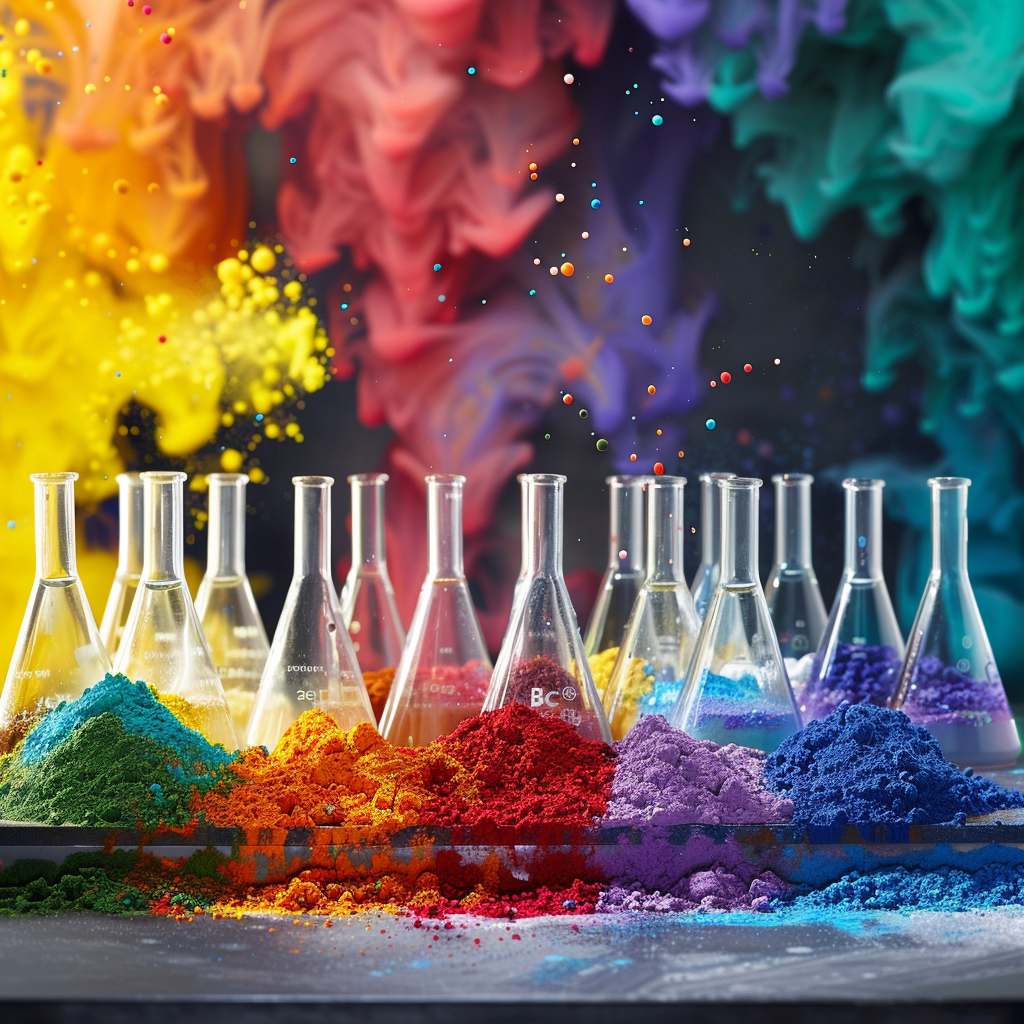
· Gel Electrophoresis
Gel electrophoresis utilizes BCC for visualizing proteins. Its vivid color aids in tracking migration patterns. This dye enhances clarity in gel results. Researchers favor it for its reliable visibility. It’s crucial in biological studies. Simplifies are analysis by improving contrast.
· Chromatography Use
In chromatography, this pigment acts as a visual marker. It helps in separating components effectively. Its distinct hue identifies different substances. It widely used in chemical analysis. It facilitates easier identification of results. It is essential for precise scientific experiments.
· Heat Infusion
Heat infusion techniques benefit from natural colors. The pigment retains stability under heat. It’s perfect for culinary applications requiring temperature exposure. Chefs incorporate it into hot recipes. It adds rich hues to dishes. Enhances both flavor perception and presentation.
Consumer Preferences for Colorful and Fun Foods!
· Market Trends
Color trends influence consumer purchases significantly. Natural dyes, like BCC, are rising in popularity. This shift reflects growing health consciousness. Markets now prioritize vibrant, appealing foods. Manufacturers adapt by incorporating natural colorants. Sales data indicate a preference for visually stimulating products.
· Demographic Analysis
Different age groups show distinct color preferences. Younger demographics favor bold, bright hues. Natural color sources are more popular among them. Market research targets these preferences. It guides product development and marketing strategies. Color choices can drive brand loyalty and consumer satisfaction.
· Preference Data
Consumer surveys reveal a strong preference for naturally colored foods. The trend towards clean labels boosts demand for such dyes. It’s evident in snacks, beverages, and gourmet dishes. Data analysis helps companies tailor products to these tastes. Marketing teams leverage this information for competitive advantage.
Black Carrot Color in Healthy Snacks and Beverages!
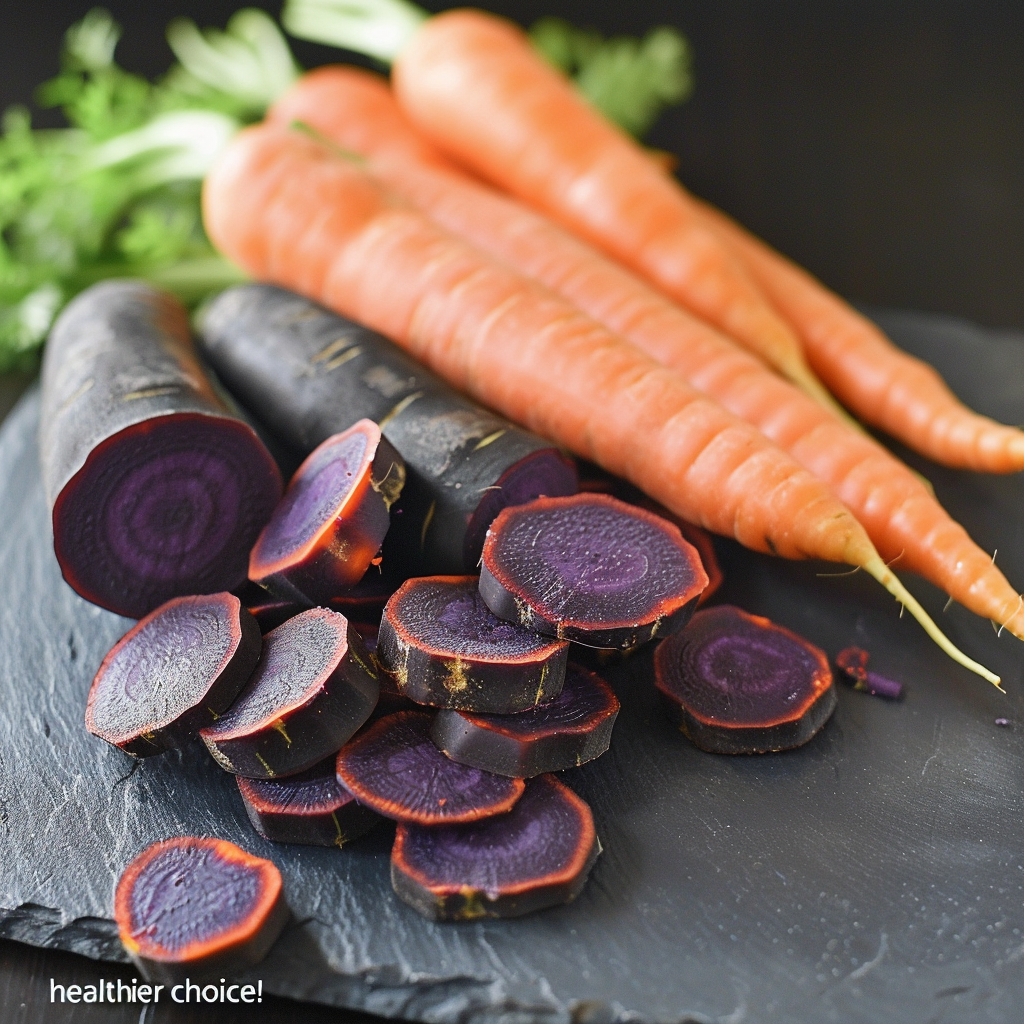
· Snack Fortification
Snack products are enhanced with natural pigments for added health benefits. BCC fortifies snacks, increasing their appeal. It incorporates essential antioxidants. Manufacturers value its dual role in color and nutrition. Consumers prefer snacks that are both tasty and nutritious.
· Beverage Tinting
Beverages gain visual appeal through natural coloring. The vivid hue of BCC attracts consumer attention. It’s widely used in juices and sports drinks. This coloration is appealing and implies flavor richness. Beverage companies use it to differentiate their products.
· Nutrient Preservation
Preserving nutritional value is crucial in health-oriented products. Natural colors like BCC contribute beneficial compounds. They maintain nutrient integrity during processing. This helps retain the beverage’s health benefits. Consumers appreciate products that are both colorful and health-supportive.
Conclusion
All in all, the Black Carrot Color, in due course, is a revolution in the world of healthful colors and nutritional choices in the modern cuisine. Exploration of the latter reveals a specific influence and commercializes just one type of rainbow food. The website is one where we have pooled more intelligence and widgets to entice you to learn more. Visit SANTACOLOR for more information.

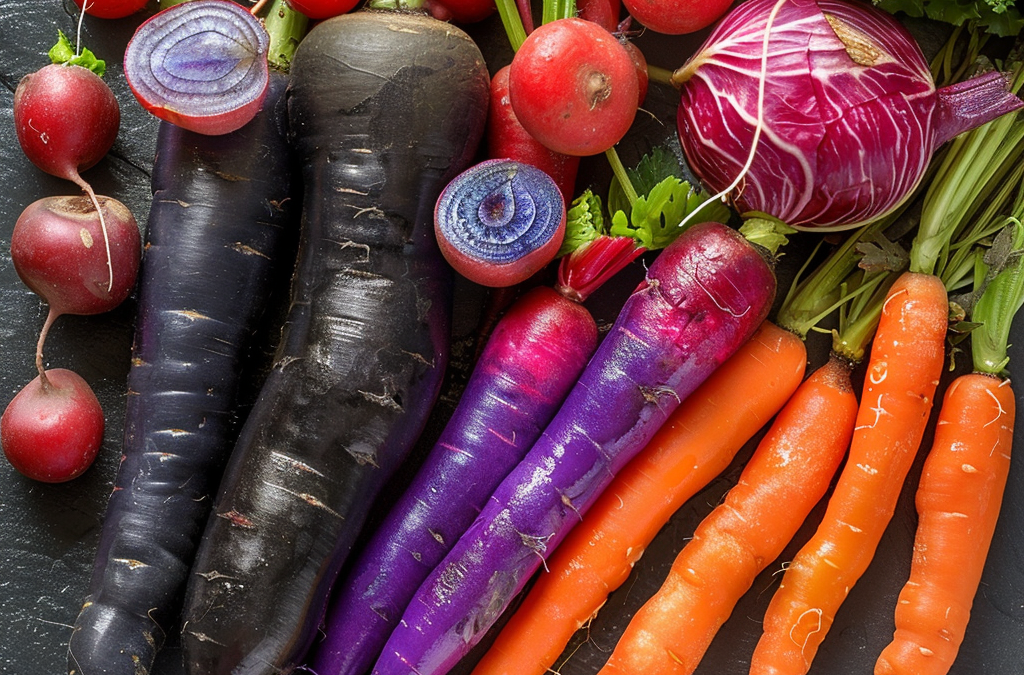
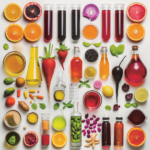
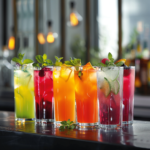
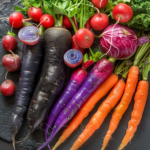
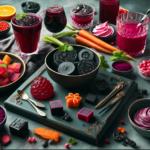
Recent Comments